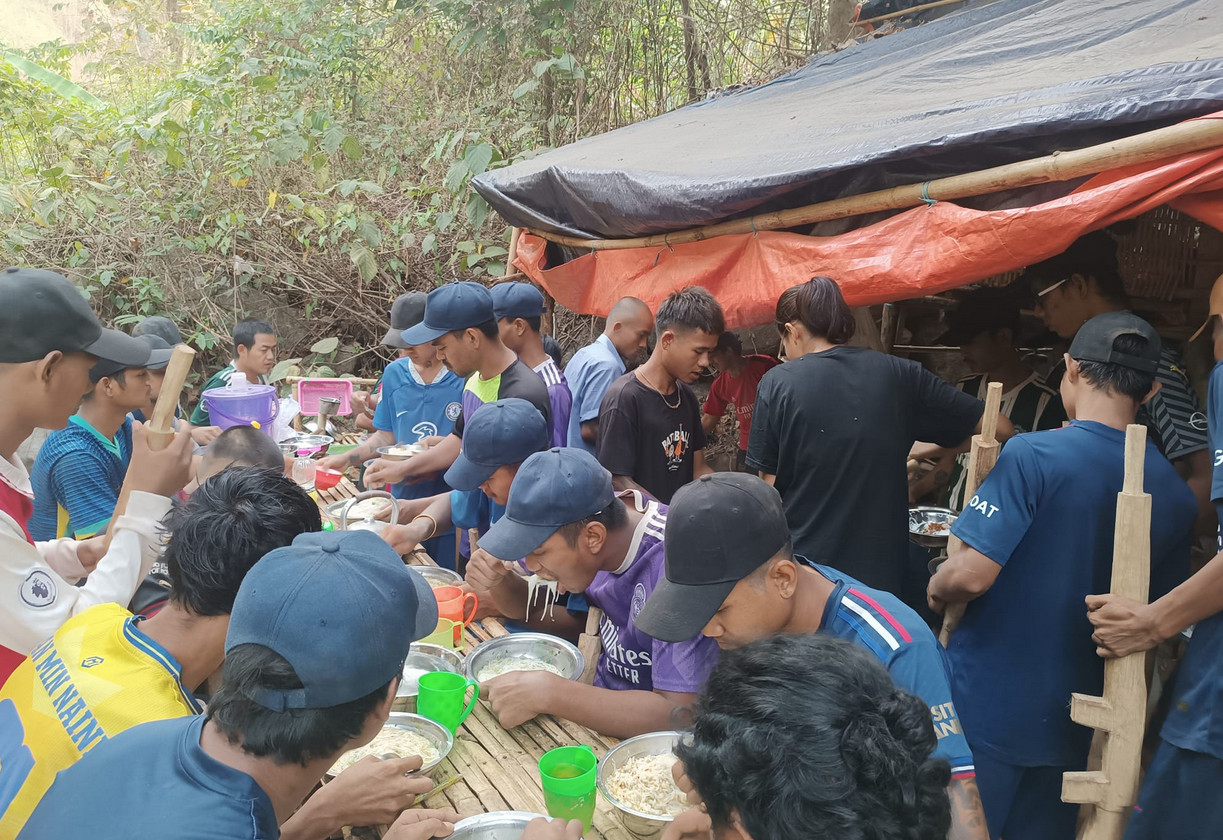Integrating blockchain technology with existing supply chain and logistics systems can significantly enhance transparency, efficiency, and security.
However, careful planning, strategic implementation, and ongoing collaboration with stakeholders are essential for successful integration.








By following best practices and addressing key considerations, organizations can harness the full potential of blockchain technology in their supply chains.
Integrating blockchain technology with existing supply chain and logistics systems can offer numerous benefits but also poses significant challenges. Here are key considerations, strategies, and best practices for successful integration:
Key Considerations for Integration
Compatibility
System Interfaces: Ensure that blockchain solutions can interface with existing Enterprise Resource Planning (ERP), Warehouse Management Systems (WMS), and other supply chain management software.
Data Standards: Align data formats and standards across systems to facilitate smooth data exchange.
Scalability
Transaction Volume: Assess whether the blockchain platform can handle the expected volume of transactions without performance degradation.
Network Speed: Evaluate the latency and throughput of blockchain transactions compared to existing systems.
Security
Data Privacy: Implement mechanisms to protect sensitive data while maintaining transparency. This includes encryption and access control measures.
Authentication: Ensure robust authentication and authorization processes to secure data integrity and access.
Regulatory Compliance
Legal Requirements: Ensure that the blockchain solution complies with relevant industry regulations and standards.
Audit Trails: Maintain comprehensive and immutable audit trails to meet compliance and reporting requirements.
Strategies for Successful Integration
Incremental Implementation
Pilot Projects: Start with small-scale pilot projects to test the integration and gather insights before a full-scale rollout.
Phased Approach: Implement blockchain in stages, focusing on specific areas of the supply chain to gradually build towards comprehensive integration.
Interoperability Solutions
Middleware: Use middleware to bridge blockchain platforms and legacy systems, enabling seamless data exchange.
APIs: Develop or utilize existing APIs that allow blockchain platforms to communicate with existing software applications.
Data Migration
Data Cleansing: Cleanse and standardize data before migration to ensure consistency and accuracy.
Data Mapping: Map data fields between blockchain and legacy systems to ensure correct data flow and integration.
Stakeholder Collaboration
Engage Stakeholders: Involve all relevant stakeholders, including IT teams, supply chain managers, and external partners, in the integration process.
Training and Support: Provide training and ongoing support to ensure that users understand the new system and can utilize it effectively.
Customization and Flexibility
Custom Solutions: Develop custom blockchain solutions tailored to the specific needs and constraints of the existing supply chain infrastructure.
Flexible Architecture: Design the blockchain architecture to be flexible and adaptable to future changes and integrations.
Best Practices
Comprehensive Planning
Needs Assessment: Conduct a thorough assessment of the existing supply chain processes and identify specific pain points that blockchain can address.
Integration Blueprint: Develop a detailed integration plan, including timelines, resources, and milestones.
Technology Selection
Platform Evaluation: Choose a blockchain platform that best meets the requirements for scalability, security, and interoperability.
Vendor Partnerships: Collaborate with experienced blockchain solution providers to leverage their expertise and resources.
Performance Monitoring
KPIs: Establish key performance indicators (KPIs) to monitor the effectiveness of the blockchain integration.
Continuous Improvement: Use performance data to continuously refine and improve the blockchain-enabled processes.
Real-World Example: Integration of Blockchain in Supply Chain
Example: IBM Food Trust and Walmart
Implementation: Walmart integrated IBM’s Food Trust blockchain platform with its existing supply chain systems to enhance traceability of food products.
Process:
Data Collection: Product information is collected at every stage of the supply chain, from farm to store.
Blockchain Integration: This data is then recorded on the blockchain, providing a transparent and immutable record.
System Compatibility: APIs and middleware solutions were used to integrate IBM Food Trust with Walmart’s ERP and WMS.
Outcome: Enhanced food safety, faster recall processes, and improved trust with consumers and partners.

Leave a Reply